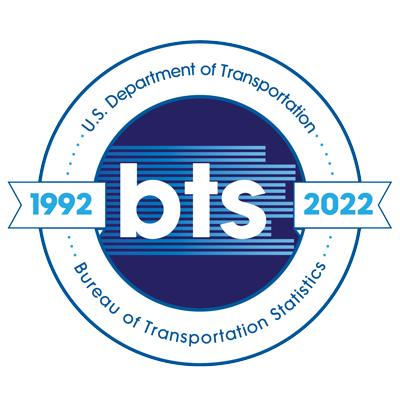How pandemic affected bike share ridership for recreation? A case study of the Citi Bike System in New York City
Topics:
Keywords: Green space, recreation, shared bike use, New York City
Abstract Type: Paper Abstract
Authors:
Jae In Oh, North Carolina State University
,
,
,
,
,
,
,
,
,
Abstract
Urban green spaces functioned as space for respite during COVID-19-related social restrictions (Ugolini et al., 2020). Therefore, analyzing to what extent people used shared bike during the pandemic to access recreation in green space and whether ridership differs by age will inform transportation, recreation, and public health practitioners which generation are best able to adapt to unexpected events. New York City as a case study, this study used data of Citi Bike user such as age, trip duration, and type (subscriber or customer) and conducted descriptive analytics to identify specific age groups that frequently used Citi Bike for recreation purposes when the stay-at-home policy was in effect and ended.
Citi Bike ridership of the group aged between 10 and 25, when the stay-at-home order remained effect, showed a 47.8% decrease compared to the same period in 2019. During the reopening period, this group still showed a 35% decrease in ridership compared to 2019. Ridership from the group aged 26 to 41 decreased by 5.2% during the stay-at-home period and decreased 3.3% in the reopening period. Ridership from the group aged between 42 and 57 remained constant during the stay-at-home period but decreased by 19% in the reopening period when compared to the same period in 2019. Their decrease in usage after the re-opening may point to unease around returning to a more crowded park experience.
How pandemic affected bike share ridership for recreation? A case study of the Citi Bike System in New York City
Category
Paper Abstract








